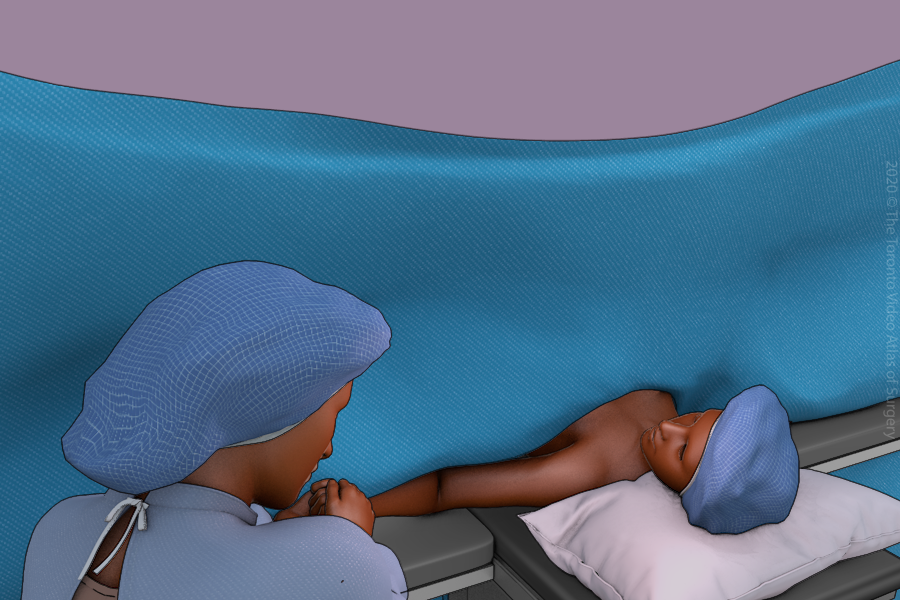What to expect
Preparing for your journey

You will meet several members of the medical team involved in your surgery, including:

The anaesthetist
Who will be providing freezing during the surgery.

The obstetrician
Who will be performing your C-section.

The surgical assistant
Who is a fellow, resident, or another doctor.

The nursing team
Who will assist with the surgery.

The respiratory therapist
Who will monitor the baby immediately after delivery.

The pediatric team
Who will be available if your baby has any health issues.
Some hospitals also have students in any of these roles who may be assisting or observing the procedure.


Once your spinal or epidural is working your abdomen will be cleaned with a special cleaning solution.

A small tube (Foley catheter) will be placed inside your bladder to keep it empty for the procedure. This is usually left in until after the surgery.

Your body will be covered by a sterile sheet to protect you during the surgery.

The team will test your skin to make sure you are numb. At this point your support person will join you in the operating room.

A bikini skin incision is made on your lower abdomen.

The muscles are separated (not cut) to access the uterus.

An incision is made in the lower uterus.

At this point, you will feel pressure while the doctors press on your abdomen to deliver your baby.

At this point, if the baby is crying, the team may proceed with delayed cord clamping.

Generally, your baby will be in the room with you the whole time. The baby can be on the warmer, held by your support person, or held on your chest by your support person during the remainder of the surgery.

After the baby is delivered the placenta is removed.

Then the uterus and the layers of the abdomen are closed.

Usually the skin is closed with a stitch that will slowly dissolve so that you do not have to have the stitches removed. Other options may include a dissolvable glue or staples which require removal.

Sometimes tapes called steri-stips will be placed over the incision and these should be removed 7 days after surgery.

The incision is then covered with a bandage.